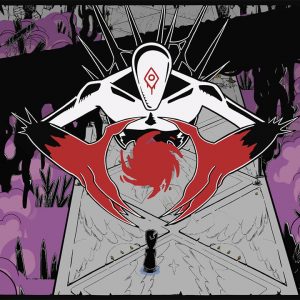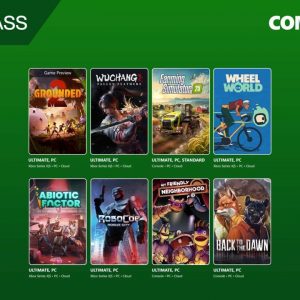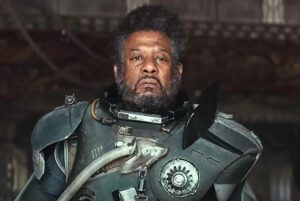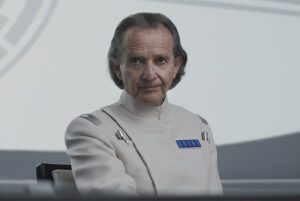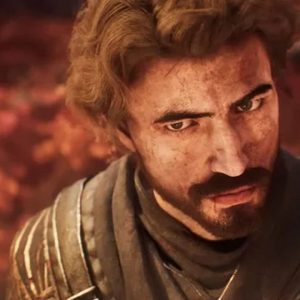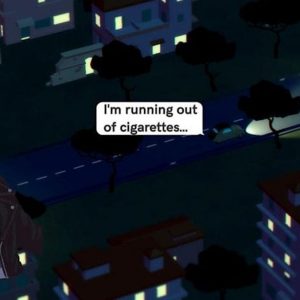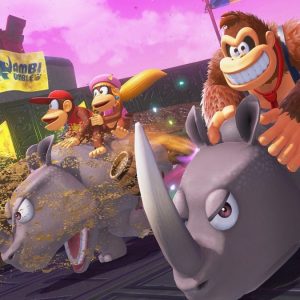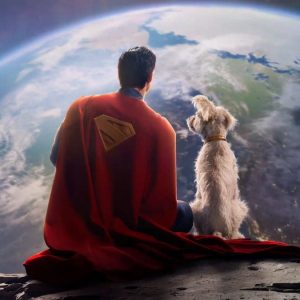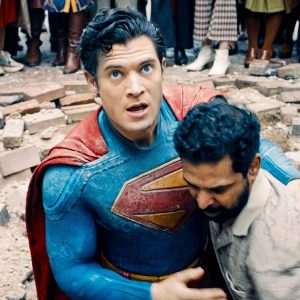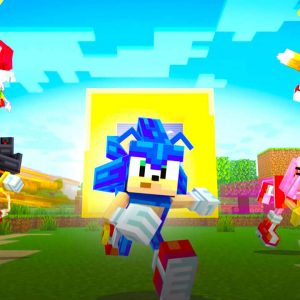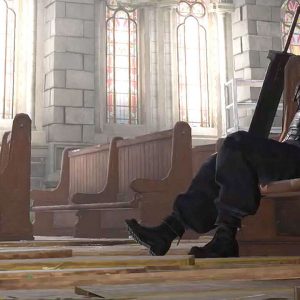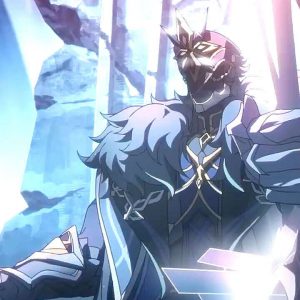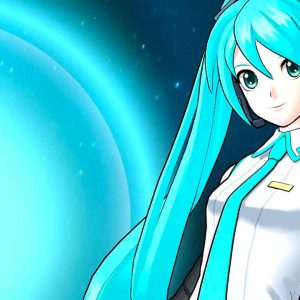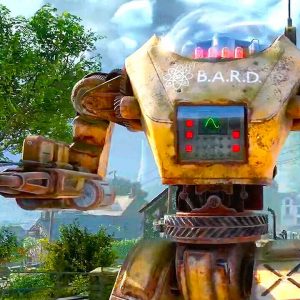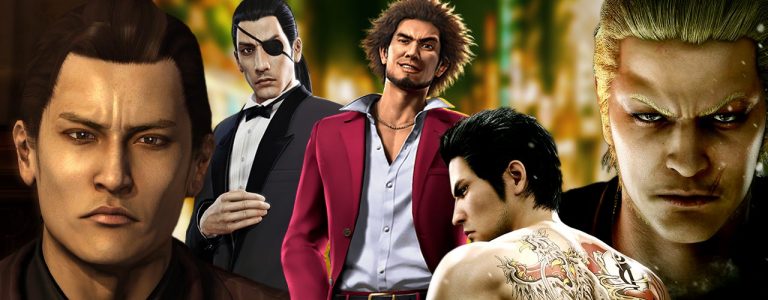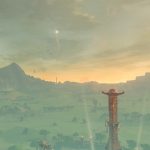From the cancellation of a new game to a pushed final release date.
Sony released Raising Kratos this morning, a feature-length documentary following Santa Monica Studio’s development of God of War for PlayStation 4. This nearly 2-hour long documentary covers the entire production cycle of the game, from inception to demo crunches to the game going gold.
Below are 37 things we learned from God of War – Raising Kratos, which can be watched in its entirety through the PlayStation YouTube channel.
Spoiler Warning: Spoilers for God of War ahead.
Internal 7
1) Director Cory Barlog gave an early presentation on the next God of War in the old Penn Station Santa Monica Studio location on August 14, 2013, at which point everyone on the team was working on prototypes for “Internal 7,” a new (and ultimately canceled) IP.
2) According to gameplay animation lead Mehdi Yssef, initial ideas for Internal 7 were very different to the end product. It was “gonna be futuristic, they were gonna have guns, we were gonna do something completely different.”
3) Internal 7 was in pre-production for “close to 36 months” according to the head of Santa Monica Studio Shannon Studstill.
4) That group would then inherit the God of War: Ascension team and “really put the pedal to the metal.”
“
Internal 7 was in preproduction for “Close to 36 months”
5) Internal 7 was the studio’s primary focus while the new God of War had a relatively small, incubating team led by Barlog.
6) It was decided to turn Santa Monica into a “1.5 team” studio, where two larger IP would be developed under the same roof, and those teams would share resources back and forth.
7) In 2013, the studio began forming a new office at their current location “The Reserve,” with the intention to move in Summer 2014.
8) Layoffs hit Santa Monica Studio in February 2014 due to the cancelation of Internal 7. “It ended up being a dream that died, literally, in that moment,” said Studstill.
9) The God of War team then brought in 110-120 people from the Internal 7 team around the time the studio began moving into The Reserve.
10) According to Barlog, they had to figure out “how to keep them busy, and figure out, beyond just the concept of the game – what’s the new pipeline? What’s the engine?… It was in a dire position, you don’t have anything to keep people busy.”
Early Struggles and Developments
11) According to SVP of Worldwide Studios America SIE Scott Rohde, it was Studstill’s idea to “bring Cory back as one of the original vision holders of the world that was God of War, and give him time to really try to come up with ‘how can we reinvent this franchise?’”
“
Initially, the kid in God of War “Wasn’t even gonna be [Kratos’] kid.”
12) After Ascension, Santa Monica checked how fans felt about God of War and, according to Barlog, “The overwhelming vibe was that they were done with Kratos. Kratos either needed to go away or he needed a fresh start.”
13) Initially, the kid in God of War “Wasn’t even gonna be [Kratos’] kid,” said Barlog.
14) The first pitch Barlog gave involved Kratos walking through the desert, because at that time the game was going to be set in Egypt.
15) Brief CG footage involved Kratos running through a cave with a torch. Once he gets to the entrance, he turns around and says “we have a long journey ahead.”
– Part of this footage was shown in the announcement video of Raising Kratos, and Barlog clarified it was intended to be a teaser included on God of War 3 Remastered for PS4, but they ran out of time to get it onto the disc.

The final shot of the unreleased teaser.
16) Casting and motion capture began as early as November 2014.
17) When Atreus actor Sunny Suljic first did his audition, he thought it was going to be a movie, and was confused when he found out it was a game – “We just did a fire scene or something like that, which I barely remember.”
18) God of War was first playable in an early build in 2015.
19) President of SIE Worldwide Studios Shuhei Yoshida visited in March 2015, and according to Barlog, he was “horrified how bad it was.”
20) At one point, the team was allegedly about a month away from giving up trying to find a new Kratos actor.
21) According to Christopher Judge, who ultimately played Kratos, “I wasn’t really sold on auditioning for it,” but after reading the script, he asked his agent “I thought you said this was a video game?”
“
Shuhei Yoshida was allegedly “horrified how bad it was.”
22) Many members of the team took a Nordic research trip in July 2015.
23) Composer Bear McCreary used an Icelandic choir to sing in phonetic Old Norse.
24) One of the last things McCreary inserted when composing the main theme was the bass-heavy section it’s become known for.
25) In October 2015, some actors and crew went to the California Survival School in LA to get the idea of how people survived in the pre-Viking era.
26) In earlier God of War games, Barlog wrote the first few drafts with his dad to help figure out the struggle of Kratos and Zeus, a father-son story. However, the new father-son story was “told from that different angle, the son becoming the father.”
27) Combat designer Jacqueline Kate Salsman (now senior combat designer) heard she was “the first woman in the combat design team in the history of [Santa Monica] studio. When I heard that, I went ‘woah – that’s actually really cool, that’s not scary, it’s cool!’”
28) SIE Santa Monica employees couldn’t wear anything identifying themselves as employees at the beginning of E3 2016, before and during Sony’s press conference where they revealed God of War.
Bringing it Home
29) Progress following E3 picked up greatly, and game testers initially felt Atreus was overpowered during playtesting. Santa Monica started “honing in on forcing people to have to use [Kratos’] son to create opportunities.”
30) Judge likened the recording of the Blades of Chaos retrieval scene to pulling off a scab. “A lot of this performance, for me, is a love letter to my kids, and it’s an apology… “he said. “I had read through this remarkable adventure, and the one thing I got out of it was this character’s love for his son.”
31) Internally, the release date for God of War was originally going to be March 13, 2018 – 11 years to the day after God of War II was released.
“
At one point, there were 3,878 total known open bugs in the studio’s database.
32) Sony was going to reveal this release date in January of that year, but its release was ultimately pushed back to April 20, 2018 after it was clear the team wasn’t going to be able to fix all of its bugs in time.
33) At one point, there were 3,878 total known open bugs in the studio’s database.
34) When they were “supposed to have zero bugs,” there were still 2,006 to take care of. Some of these involved an entire dragon clipping through the ground and a log walking on its own.
35) The date to submit the gold master version of the game moved from January 26 to March 15, 2018. On this day, quality assurance was testing around the clock, new issues were coming in, everybody was constantly evaluating new bugs and hoping the solid build had zero critical issues.
36) Barlog himself pressed the button to burn God of War’s gold master disc.
37) Barlog said to his team, “I believe it is a first step in many, many games that we’re going to make that will, I think, really redefine what this studio is.”
For more on the development of God of War, read the full story behind God of War’s famous E3 2016 reveal demo and how God of War’s script was rewritten a year after development.
You can also check out a combat designer breaking down God of War’s first intense boss fight, entertaining bugs from God of War’s development, and Episode 572 of Podcast Beyond where we looked back at God of War a year after it was released with Cory Barlog.
Have a tip for us? Want to discuss a possible story? Please send an email to [email protected].
Colin Stevens is a news writer for IGN, and he HIGHLY recommends watching the full documentary itself. Follow him on Twitter.
